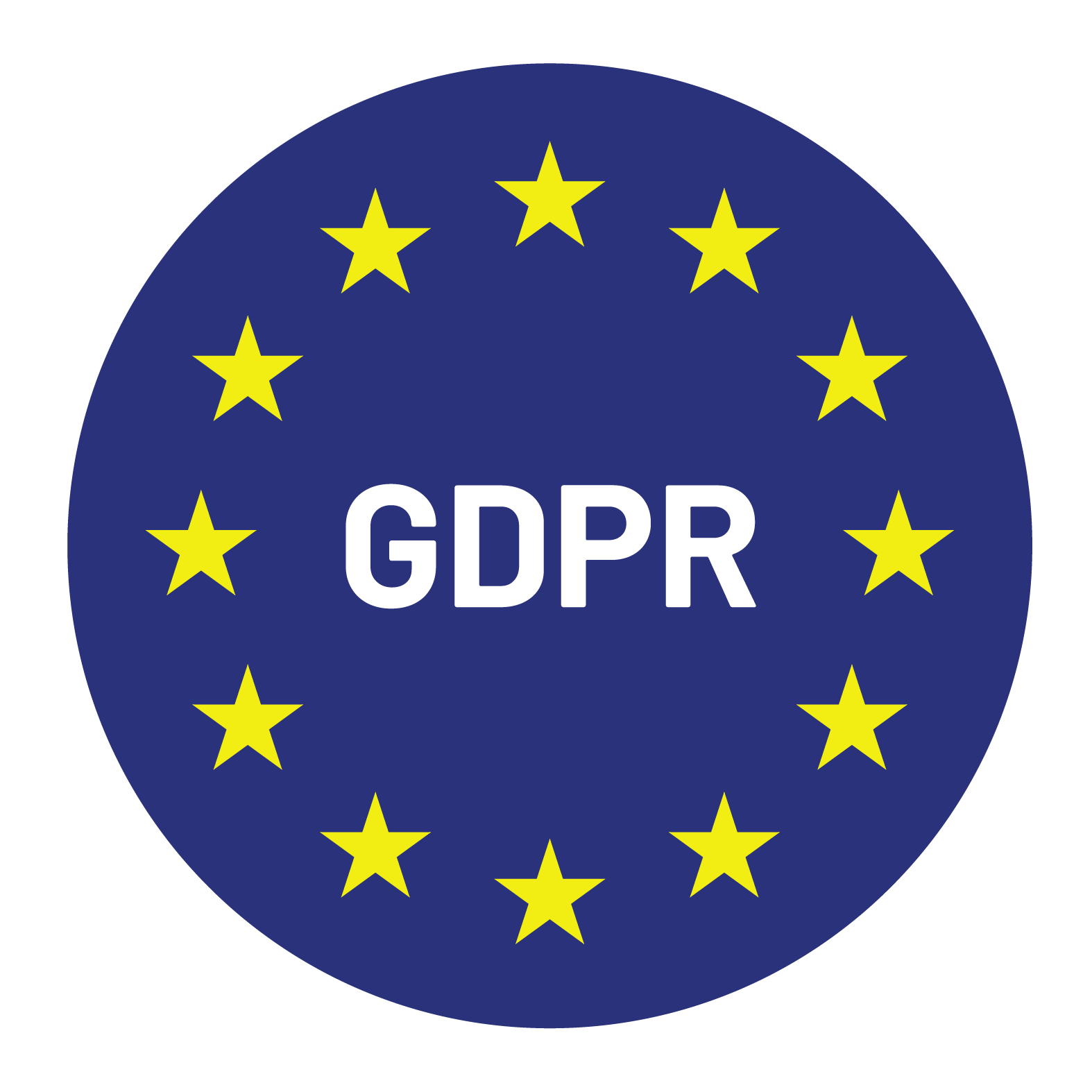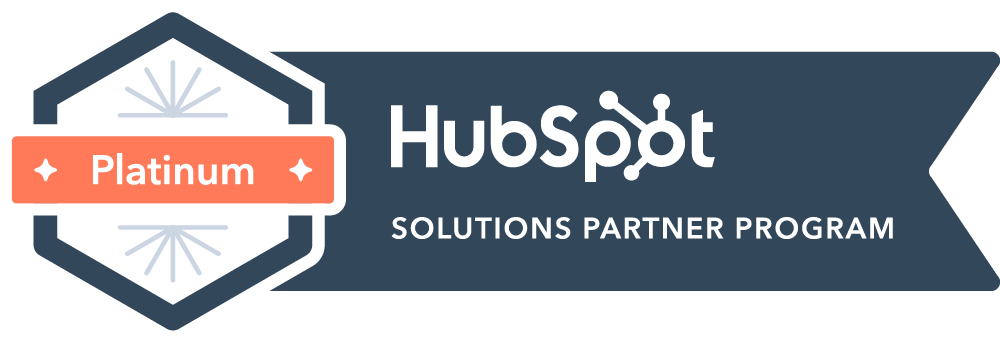

Founder and CEO of Whistle, with over 10 years of selling technology to hundreds of SMB and Enterprize companies across multiple sectors.
In the world of enterprise sales, landing a big brand name or a high-value potential customer is often referred to as catching a “Whale.” These “Whales” are typically large organizations with complex sales processes and long sales cycles, but they can greatly impact the success and growth of a business.
Targeting and capturing a “Whale” requires a strategic approach and specific sales techniques. It involves understanding the intricate buying process of an enterprise, identifying key decision makers, and building relationships with the right stakeholders. The sales team must thoroughly research and create buyer personas to understand the target customer’s needs and goals, as well as their pain points and challenges.
In B2B enterprise sales, mastering the art of capturing a “Whale” is a vital skill for sales reps and business owners alike.
Closing a deal with a major enterprise can be a game-changer for businesses. The customer base of large enterprises often includes influential decision-makers and the potential for repeat business. It’s an opportunity to tap into a market with high customer lifetime value and gross retention.
Although it requires a complex B2B sales process and careful execution, the rewards of closing a deal with a whale far outweigh the challenges it presents.
Identifying Whales requires thorough research and market analysis to understand the target customer segment. This involves studying the industry landscape, analyzing market trends, and identifying potential clients who align with the company’s ideal customer profile. Understanding the needs, pain points, and buying behaviors of these potential Whales is key to tailoring a winning sales strategy.
Establishing an ideal customer profile enables sales teams to focus their efforts where it matters most, allowing them to prioritize prospects with the highest potential for success. By honing in on the right Whales, sales reps can craft personalized pitches, showcase the value of their product or service, and approach these potential clients with tailored solutions.
In the ever-competitive enterprise sales landscape, identifying and landing Whales can be a game-changing moment. So, businesses need to invest time and resources into research, market analysis, and the development of an ideal customer profile to ensure they are targeting potential Whales and reaping the benefits they can bring.
Researching your market is an essential step in understanding your potential customers and current competitors. To conduct thorough competitor research, start by utilizing various methods such as Google searches, analyzing subreddits, talking to members of your target market, and examining relevant social media accounts.
During the research process, Take note of your lowest hanging fruit customers – those who already have an interest in your product or service and are more likely to convert. Identify the top-of-mind competitors who are actively engaging with your target audience and analyze their strategies.
Additionally, pay attention to the interests and language used by your target audience. This will help you tailor your messaging and approach in a way that resonates with them. By understanding the market inefficiencies and underserved sectors, you can identify unique selling points that differentiate your offering from competitors.
An ICP helps in identifying the best-fit customers who are most likely to benefit from your product or service, ultimately increasing the chances of closing a deal.
By clearly defining your ICP, you can identify the specific needs and pain points of your target audience. Understanding these needs allows you to tailor your messaging and position your offering as the solution they have been looking for.
To establish an ICP, it is essential to conduct thorough market research and analyze your existing customer base. Look for common characteristics such as industry, company size, location, or job title, to identify trends and patterns among your most satisfied and loyal customers.
In today’s digital age, social media has become an invaluable tool for reaching prospective customers. With platforms like LinkedIn, Facebook, and Twitter, you have the ability to connect with decision-makers and key stakeholders directly, allowing you to showcase your product or service and build relationships.
By actively engaging in industry-specific groups and discussions, you can position yourself as an expert in your field and attract the attention of potential clients. Additionally, utilizing prospecting tools such as Pipedrive’s Prospector can provide valuable insights and contact information, enabling you to reach out to decision-makers more efficiently. By leveraging these tools and platforms, you can effectively reach your target audience and increase your chances of closing deals with prospective customers.
Crafting an engaging pitch is essential when closing a deal with an enterprise. To succeed, utilize the knowledge gathered in the previous stages of research and understanding.
One of the key elements of an engaging pitch is addressing the target company’s goals and objectives. By demonstrating that you have a deep understanding of their specific needs and pain points, you can showcase how your proposal will improve their results. Highlight the value your product or service will bring, emphasizing how it aligns with their priorities and drives their desired outcomes.
In addition to understanding the client’s needs, your pitch should provide a clear and concise solution to their challenges. Clearly outline how your offering will address their pain points and deliver tangible benefits. Use real-world examples, case studies, and success stories to illustrate the effectiveness of your solution.
Unlike selling to individual consumers or small businesses, enterprise sales involve complex sales processes and multiple decision makers. To successfully navigate this terrain, it’s crucial to have a clear understanding of the various stages in the B2B sales cycle and the key individuals involved in the buying process.
In enterprise deals it typically takes much longer compared to other B2B sales scenarios. This is because enterprises have more stakeholders involved, and decisions are made collectively. It is not uncommon for the sales cycle to take several months or even years. As a sales rep, it’s important to be patient and persistent throughout this lengthy process.
During the sales cycle, it’s essential to identify and engage with the decision makers within the organization. These are the individuals who have the authority to approve or reject your proposal. Typically, decision makers range from C-level executives to department heads who hold significant influence in the organization. Understanding their roles and responsibilities will allow you to tailor your approach and messaging accordingly.
In addition to decision makers, it’s also important to identify the internal champions within the enterprise. These are individuals who are passionate about your product or service and can advocate for your solution within the organization. Internal champions can help facilitate the decision-making process by addressing concerns and advocating for your proposal. Building strong relationships with these champions can significantly increase your chances of closing the deal.
To align your offering with the enterprise’s buying process, you need to conduct thorough research on their preferred procurement methods. Some large organizations have intricate procurement procedures, involving multiple rounds of evaluations, negotiations, and approvals. By understanding their buying process, you can ensure that your proposal meets all the necessary requirements and is presented in a format that aligns with the enterprise’s expectations.
Another important aspect of understanding the sales cycle is identifying the stages where the deal may be at risk. At each stage, there may be obstacles or objections that could derail the progress. By proactively addressing these concerns, you can mitigate risks and keep the deal on track. This requires open and honest communication with the enterprise, allowing you to provide reassurances and address any potential issues before they escalate.
Closing deals with enterprise clients can be a game-changer for businesses. These big brand names not only provide significant revenue opportunities but also help boost a company’s credibility and market presence. However, closing deals with whales requires a strategic approach and ongoing support throughout the onboarding and deployment phases.
Closing deals with enterprise customers can be a complex and challenging process. However, by incorporating complex sales techniques, sales teams can streamline the process and close deals quickly and efficiently.
By understanding their needs, motivations, and pain points, sales reps can tailor their pitch to address specific concerns and demonstrate the value of their solution. This personalized approach not only builds trust but also increases the chances of closing the deal.
Another technique is to reference from existing enterprise clients. Enterprise customers often rely on the experiences of others to make buying decisions. By showcasing successful case studies and testimonials, sales reps can instill confidence in potential customers and overcome any skepticism.
This involves actively listening to the customer’s needs, providing customized solutions, and offering ongoing support throughout the sales process. By positioning themselves as trusted advisors, sales reps can demonstrate their commitment to the success of the enterprise customer and ultimately secure the deal.
Establishing long-term relationships with enterprise clients is crucial for sustained success. By focusing on customer satisfaction and providing ongoing value, businesses can create partnerships built on trust and loyalty.
It is important to engage with clients on a frequent basis, keeping them updated on new products, services, and industry trends. This open line of communication allows for addressing any concerns or issues promptly, ensuring that the client feels heard and supported.
Delivering on promises is essential in building trust and loyalty. Businesses must consistently meet or exceed client expectations, going above and beyond to provide exceptional value. By consistently delivering high-quality products, services, and customer experiences, businesses can establish themselves as reliable partners.
Moreover, ongoing value is crucial to retaining enterprise clients. Businesses should continuously find ways to add value to their offerings and help clients achieve their goals. This can be done through regular check-ins, providing personalized solutions, and offering support and guidance throughout the client’s journey.
Ultimately, those who make a decision on a B2B purchase do so because it aligns with their personal KPIs and will help them either gain a promotion or bonus or prevent a demotion or sacking. No one is buying B2B for the fun of it. Bearing this in mind, when you map out all the people making decisions across the company, you should be baking in an incentive that aligns with a purchase decision now, rather than later.
So, why not book a meeting with us now to find out more about how to catch your first “Whale”?


© Copyright – Whistle 2023